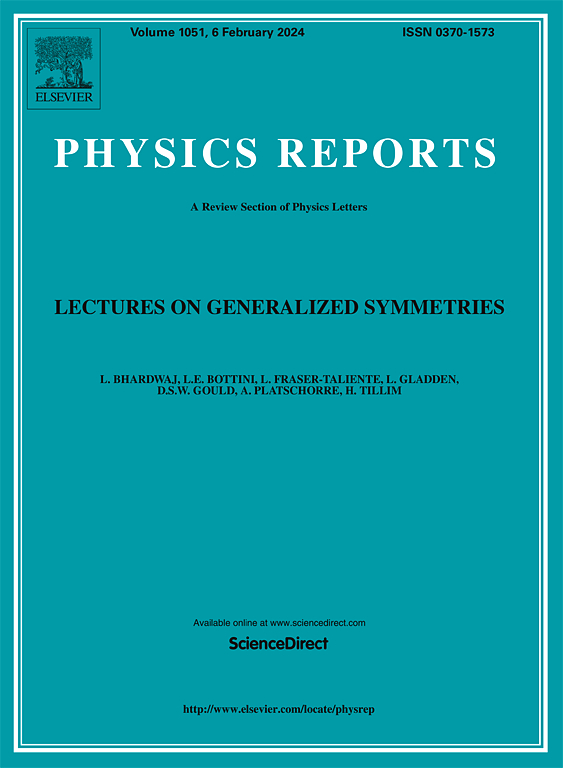The ANTARES detector: Two decades of neutrino searches in the Mediterranean Sea
IF 23.9
1区 物理与天体物理
Q1 PHYSICS, MULTIDISCIPLINARY
引用次数: 0
Abstract
Interest for studying cosmic neutrinos using deep-sea detectors has increased after the discovery of a diffuse flux of cosmic neutrinos by the IceCube collaboration and the possibility of wider multi-messenger studies with the observations of gravitational waves. The ANTARES detector was the first neutrino telescope in seawater, operating successfully in the Mediterranean Sea for more than a decade and a half. All challenges related to the operation in the deep sea were accurately addressed by the collaboration. Deployment and connection operations became smoother over time; data taking and constant re-calibration of the detector due to the variable environmental conditions were fully automated. A wealth of results on the subject of astroparticle physics, particle physics and multi-messenger astronomy have been obtained, despite the relative modest size of the detector, paving the way to a new generation of larger undersea detectors. This review summarizes the efforts by the ANTARES collaboration that made the possibility to operate neutrino telescopes in seawater a reality and the results obtained in this endeavor.
ANTARES探测器:地中海二十年的中微子搜索
在冰立方合作项目发现了宇宙中微子的漫射通量以及通过引力波观测进行更广泛的多信使研究的可能性之后,利用深海探测器研究宇宙中微子的兴趣增加了。ANTARES探测器是首个在海水中运行的中微子望远镜,在地中海成功运行了15年多。此次合作准确地解决了与深海作业有关的所有挑战。随着时间的推移,部署和连接操作变得更加顺畅;由于环境条件的变化,探测器的数据采集和不断的重新校准是完全自动化的。尽管探测器的尺寸相对较小,但在天体粒子物理学、粒子物理学和多信使天文学方面已经取得了丰富的成果,为新一代更大的海底探测器铺平了道路。这篇综述总结了ANTARES合作的努力,使在海水中操作中微子望远镜成为可能,并在这一努力中获得了结果。
本文章由计算机程序翻译,如有差异,请以英文原文为准。
求助全文
约1分钟内获得全文
求助全文
来源期刊

Physics Reports
物理-物理:综合
CiteScore
56.10
自引率
0.70%
发文量
102
审稿时长
9.1 weeks
期刊介绍:
Physics Reports keeps the active physicist up-to-date on developments in a wide range of topics by publishing timely reviews which are more extensive than just literature surveys but normally less than a full monograph. Each report deals with one specific subject and is generally published in a separate volume. These reviews are specialist in nature but contain enough introductory material to make the main points intelligible to a non-specialist. The reader will not only be able to distinguish important developments and trends in physics but will also find a sufficient number of references to the original literature.
 求助内容:
求助内容: 应助结果提醒方式:
应助结果提醒方式:


